Discover 11 hidden attractions, cool sights, and unusual things to do in Rye (United Kingdom). Don't miss out on these must-see attractions: Great Dixter, Camber Castle, and Lamb House. Also, be sure to include Rye Castle Museum in your itinerary.
Below, you can find the list of the most amazing places you should visit in Rye (England).
Table of Contents
Great Dixter
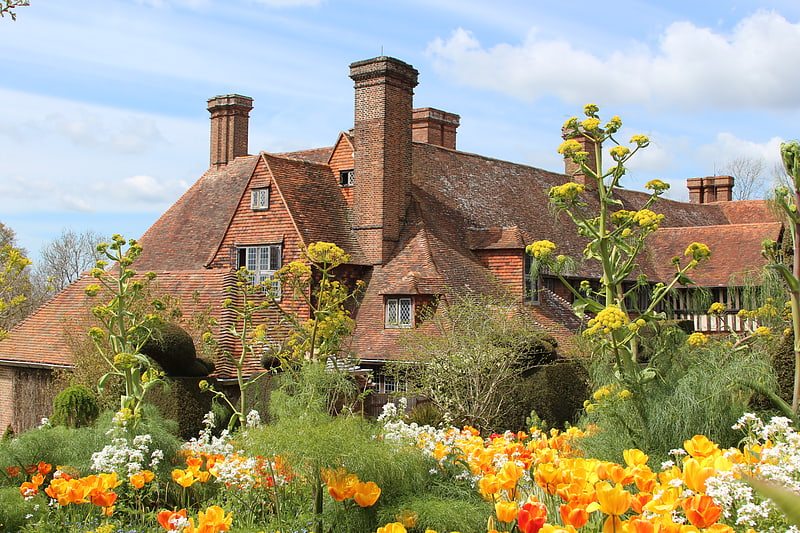
Building in England. Great Dixter is a house in Northiam, East Sussex, England. It was built in 1910–12 by architect Edwin Lutyens, who combined an existing mid-15th century house on the site with a similar structure brought from Benenden, Kent, together with his own additions. It is a Grade I listed building. The garden, widely known for its continuous tradition of sophisticated plantsmanship, is Grade I listed in the National Register of Historic Parks and Gardens.[1]
Address: Great Dixter High Park Close, TN31 6PH Northiam
Camber Castle

Castle in England. Camber Castle, also known formerly as Winchelsea Castle, is a 16th-century Device Fort, built near Rye by King Henry VIII to protect the Sussex coast of England against French attack. The first fortification on the site was a small, round artillery tower, constructed by Henry between 1512 and 1514, overlooking the Camber anchorage and the entrance to Rye Harbour. In 1539, increasing tensions with France encouraged Henry to rethink his coastal defence plans, and Camber Castle was rebuilt and extended over the next year under the direction of the Moravian engineer, Stefan von Haschenperg. The results were considered unsatisfactory and further work was carried out from 1542 to 1543, at great expense, to rectify the problems. The result was a large, concentric artillery fort, with a central keep, surrounded by four circular bastions and a circular entrance bastion, built from stone and brick.
The finished castle was initially equipped with 28 brass and iron artillery guns and a garrison of 28 men, commanded by a captain. It may have seen service in 1545 when a French fleet attacked the coast, but its operational value was short lived. The Camber and the surrounding harbours began to silt up, becoming unusable by shipping, and the coastline receded away from the fort, eventually placing it well inland. Furthermore, the fort had been superseded by newer European military designs even before it had been completed, and peace with France later in the century removed much of the requirement for the fort. The castle still remained operational up until 1637, when it was closed by King Charles I. With the outbreak of civil war in 1642, much of the fortification was dismantled by Parliamentary forces to prevent it being used by the Royalists.
The ruins became a popular spot for picnics in the 18th and 19th centuries, and was painted by J. M. W. Turner. Plans to redevelop the castle as a Martello tower or as a clubhouse for a local golf course came to nothing, although the property was used in the Second World War, probably as an early warning site. Archaeological interest in the fort increased after the war and in 1967 it was taken into the guardianship of the state, the property being bought from the private owners in 1977. It is now operated by English Heritage, who reopened it to visitors after an extensive programme of conservation between 1968 and 1994. The fort is an unusual example of an unmodified Device Fort and is protected under UK law as a Grade I listed building.[2]
Address: A259 New Winchelsea Road, TN31 7TD Rye
Lamb House
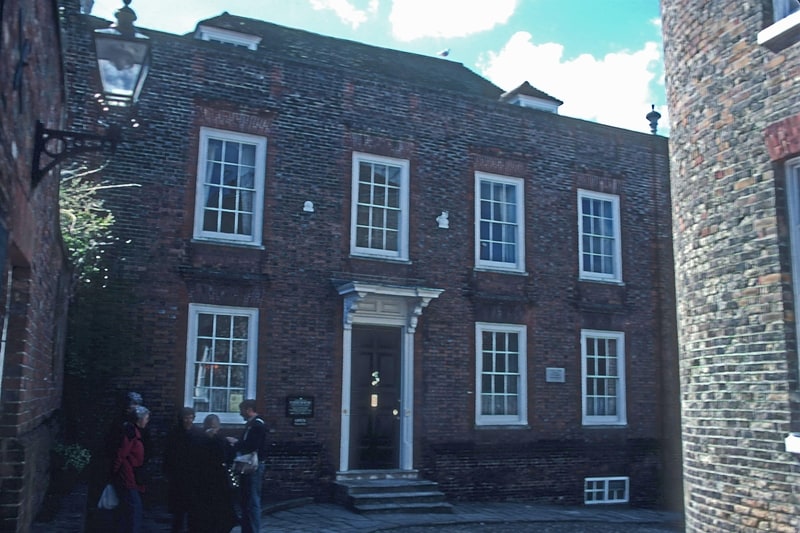
Museum in Rye, England. Lamb House is a Grade II* listed 18th-century house situated in Rye, East Sussex, England, and in the ownership of the National Trust.
The house is run as a writer's house museum. It has been the home of many writers, including Henry James from 1897 to 1914, and later E.F. Benson.[3]
Address: Lamb House West Street, TN31 7ES Rye
Rye Castle Museum
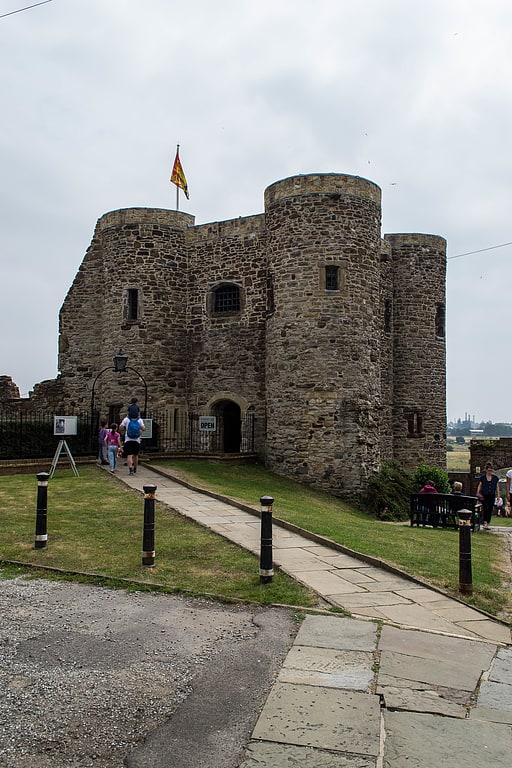
Museum in Rye, England. Rye Castle, also known as Ypres Tower, was built in the 13th or 14th centuries, and is situated in Rye, East Sussex, England. It is a Grade I listed building and has been scheduled as an ancient monument.[4]
Address: Ypres Tower and 3 East Street, Rye
St Anthony of Padua

St Anthony of Padua Church is a Roman Catholic Parish church in Rye, East Sussex, England. It was constructed from 1927 to 1929 and replaced a church built in 1900. It is situated on Watchbell Street to the south of Lamb House. It is served by the Conventual Franciscans and is a Grade II listed building.[5]
Address: Watchbell St, TN31 7HB Rye
Monk Bretton Bridge
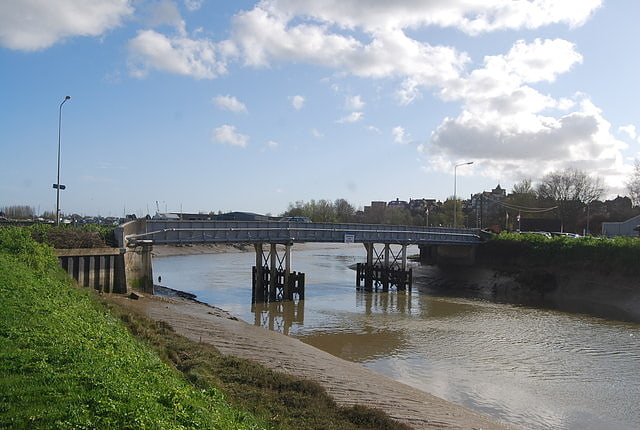
The Monk Bretton Bridge is a road bridge over the River Rother in Rye, East Sussex. It carries the A259 road, a major road between Folkestone and Hastings, and is the most downstream crossing of the river. The area around the river beyond this resembles saltmarsh compared to that further upstream.
The bridge was planned as a replacement for a ferry over the river that carried fisherman traffic from Camber and East Guldeford to the fish market at Rye. It opened on 25 April 1893 at a cost of £3,160 (£358,000 as of 2020) and was named after John George Dodson, 1st Baron Monk Bretton. The bridge was constructed by a deck supported on two sets of iron piles. It was later reinforced with concrete.
The Rye and Camber Tramway opened in 1895, with the Rye station located east of the River Rother. It did not connect to the main railway line (now the Marshlink line); instead passengers travelled between the two stations via the Monk Bretton Bridge.
The bridge was closed in October 2007 for refurbishment, involving lengthy detours.[6]
Rye Particular Baptist Chapel
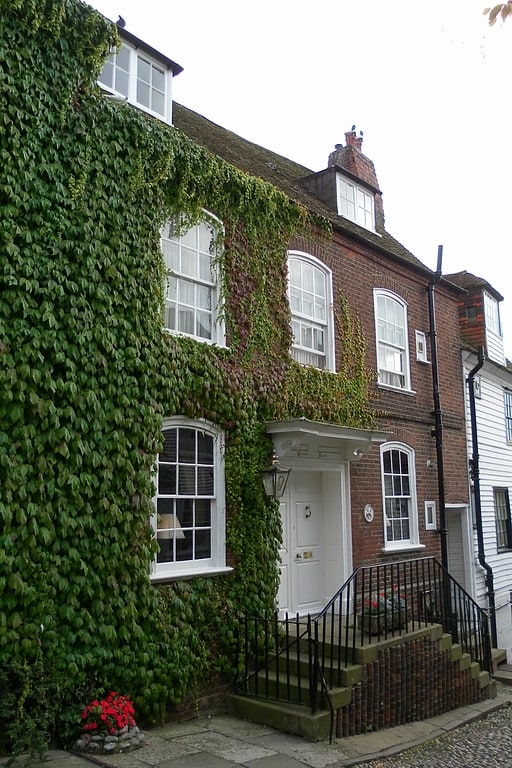
Rye Particular Baptist Chapel is a former Strict Baptist place of worship in Rye, an ancient hilltop town in Rother, one of six local government districts in the English county of East Sussex. Built in the 18th century on the site of a decaying Quaker meeting house, it served Baptists in the town for many years until a new chapel was constructed nearby. The chapel is a Grade II Listed building.[7]
Gibbet Mill
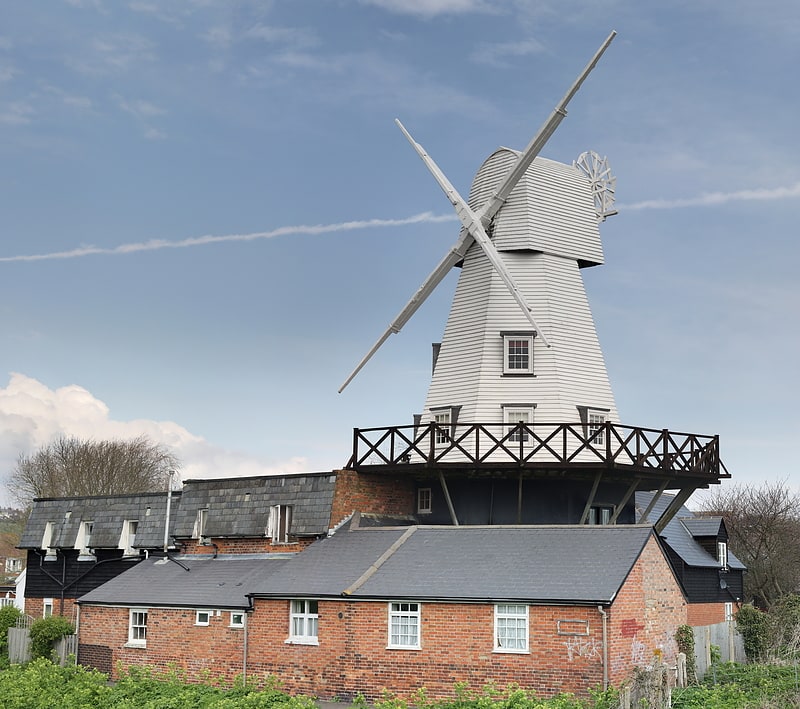
Gibbet Mill, Tillingham Mill, Barry's Mill or New Mill is a grade II listed cosmetically reconstructed smock mill at Rye, East Sussex, England. Today it serves as bed and breakfast accommodation.[8]
Martello Tower

Martello towers, sometimes known simply as Martellos, are small defensive forts that were built across the British Empire during the 19th century, from the time of the French Revolutionary Wars onwards. Most were coastal forts.
They stand up to 40 feet (12 m) high (with two floors) and typically had a garrison of one officer and 15–25 men. Their round structure and thick walls of solid masonry made them resistant to cannon fire, while their height made them an ideal platform for a single heavy artillery piece, mounted on the flat roof and able to traverse, and hence fire, over a complete 360° circle. A few towers had moats or other batteries and works attached for extra defence.
The Martello towers were used during the first half of the 19th century, but became obsolete with the introduction of powerful rifled artillery. Many have survived to the present day, often preserved as historic monuments.[9]
Winchelsea
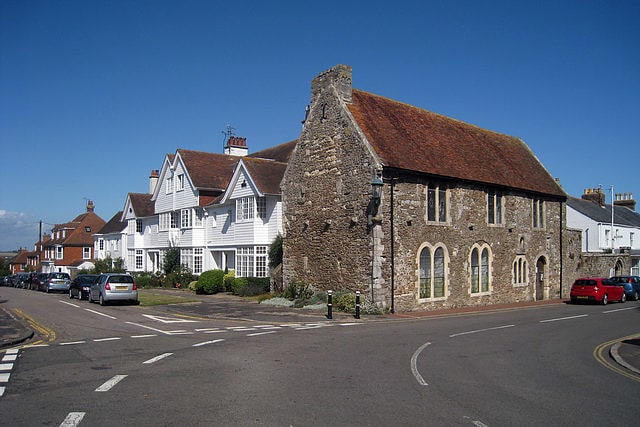
Town in England. Winchelsea is a small town in the non-metropolitan county of East Sussex, within the historic county of Sussex, England, located between the High Weald and the Romney Marsh, approximately 2 miles south west of Rye and 7 miles north east of Hastings. The current town, which was founded in 1288, replaced an earlier town of the same name, known as Old Winchelsea, that was lost to coastal erosion in the late medieval period. Winchelsea is part of the civil parish of Icklesham.
The mayor of Winchelsea is chosen each year from amongst the members of the corporation, who are known as freemen, rather than being elected by public vote. New freemen are themselves chosen by existing members of the corporation. Thus, in its current form, the corporation is effectively a relic of Winchelsea's days as a 'rotten borough' (when Winchelsea elected two MPs but the number of voters was restricted to about a dozen, sometimes fewer). The corporation lost its remaining civil and judicial powers in 1886 but was preserved as a charity by an Act of Parliament to maintain the membership of the Cinque Port Confederation. The mayor and corporation in Winchelsea now have a largely ceremonial role, together with responsibility for the ongoing care and maintenance of the main listed ancient monuments in the town and the Winchelsea museum.
Winchelsea constitutes neither a local government district, civil parish nor charter trustees area.[10]
Hogg Hill Mill
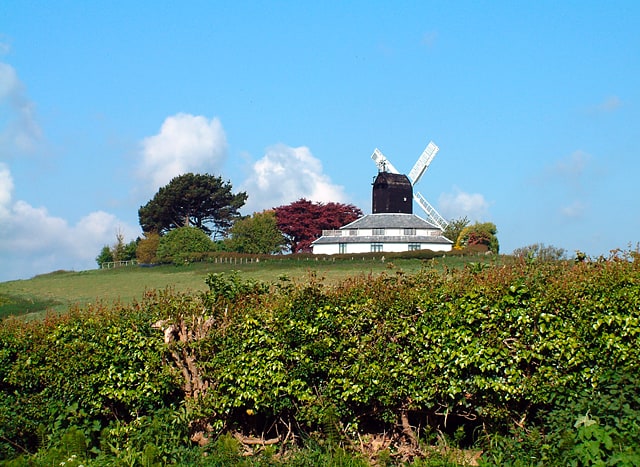
Hogg Hill Mill is a post mill at Icklesham in East Sussex, England.[11]